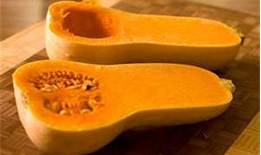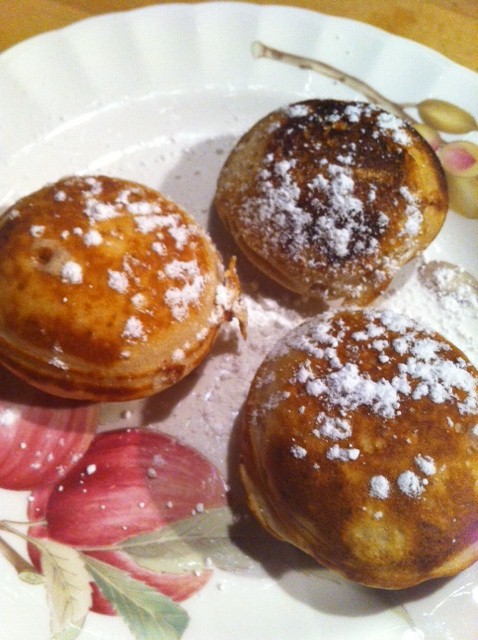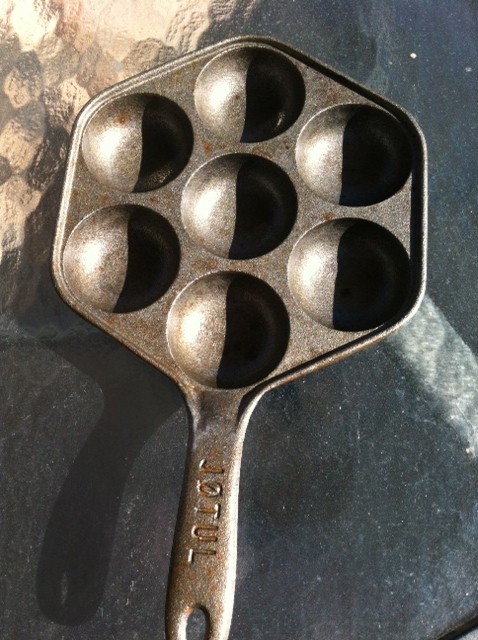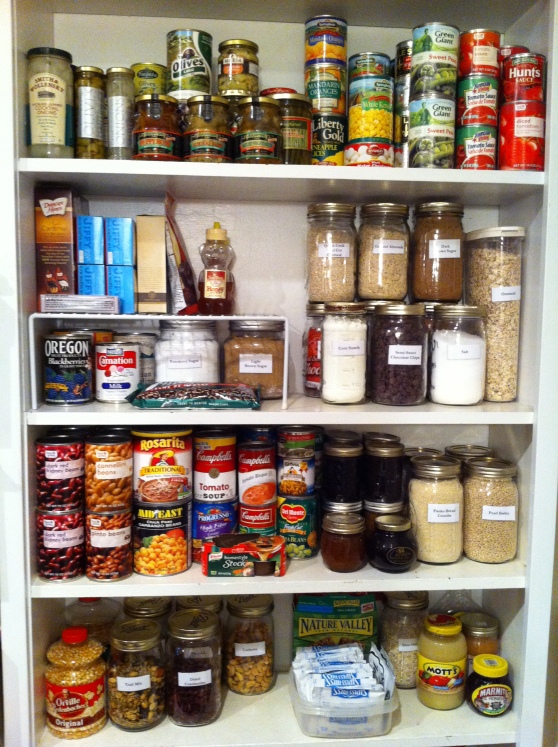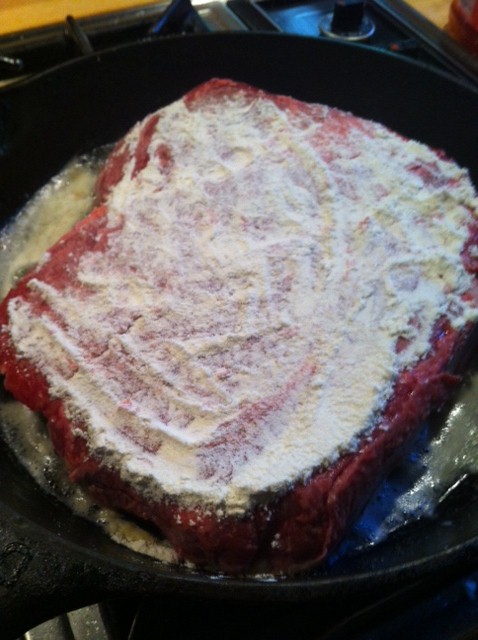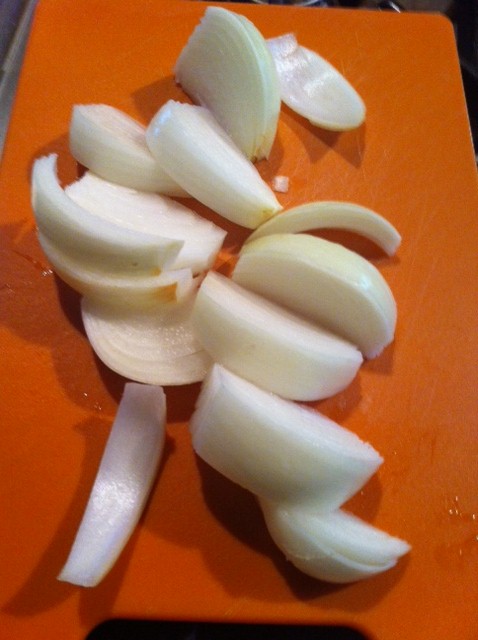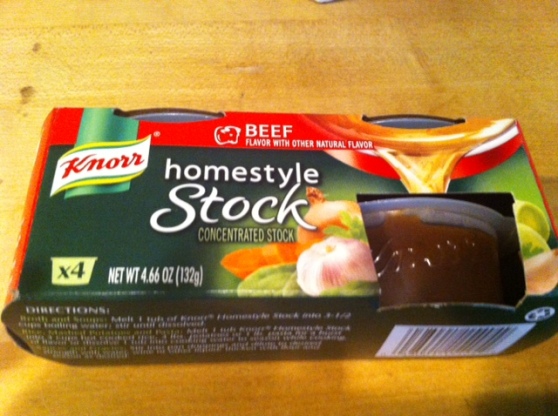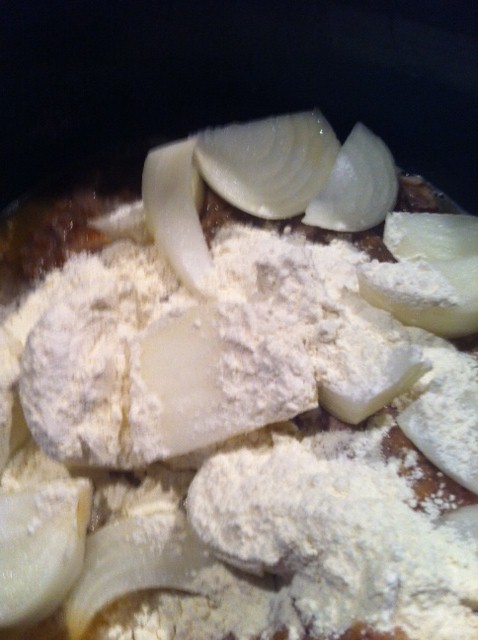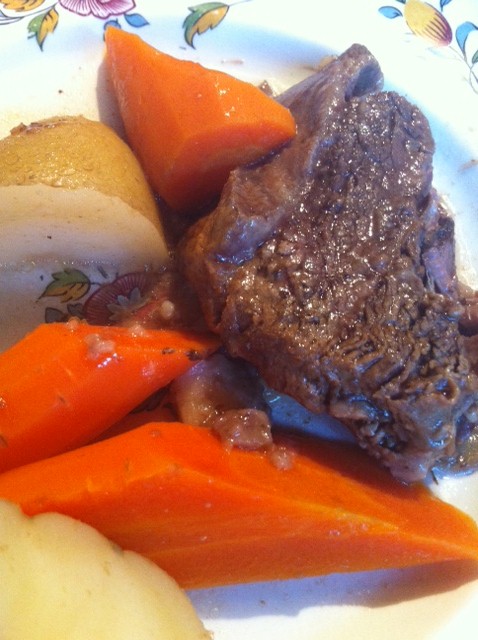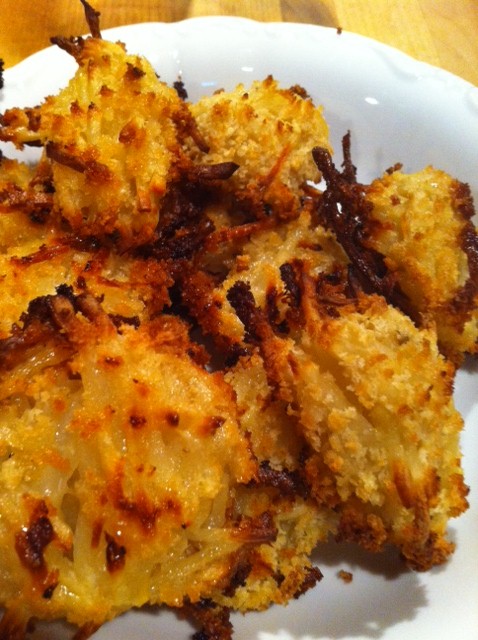 For some reason, I was thinking about Fairway Market in New York City last night. I used to shop at the original flagship store on Broadway at 74th Street on the Upper West Side of Manhattan. Let me tell you, there was never a dull moment in this store. It was impossible to push a cart around without running into people, but it was a gourmet treasure trove. My favorite section was the cheese department. You had to yell out what you wanted and fight your way to get noticed. In Fairway, anything could happen. I actually saw one lady hit another old lady over the head with an eggplant so she would get out of the way in the store in the mid 1980s. Too bad I didn’t walk around with a camera at the time. Anyway, I thought it would be fitting to post an eggplant recipe from the Fairway recipe section on their website.
For some reason, I was thinking about Fairway Market in New York City last night. I used to shop at the original flagship store on Broadway at 74th Street on the Upper West Side of Manhattan. Let me tell you, there was never a dull moment in this store. It was impossible to push a cart around without running into people, but it was a gourmet treasure trove. My favorite section was the cheese department. You had to yell out what you wanted and fight your way to get noticed. In Fairway, anything could happen. I actually saw one lady hit another old lady over the head with an eggplant so she would get out of the way in the store in the mid 1980s. Too bad I didn’t walk around with a camera at the time. Anyway, I thought it would be fitting to post an eggplant recipe from the Fairway recipe section on their website.
Fairway Market is a grocery chain. Founded in the 1930s, it is one of the United States’ highest grossing food retailers per square foot with 14 million customers per year. The stores are known for vast selections of fresh products and everyday groceries at a good value. The Fairway stores carry a wide variety of private label products in specialty and basic items. Fairway has had significant store expansion in the New York area, with 9 locations in the tri-state area including 9 food markets and 2 wine and spirit shops.
What I would do to be there now!
Eggplant Gratin
Serves 2
1 small Spanish onion, thinly sliced
2 cups plus 2 Tbs olive oil, divided
1 large eggplant, sliced into ½ inch rounds
Salt & pepper, to taste
1 tsp herbs de provence
2 cups tomato sauce
½ cup shredded gruyere
Preheat oven to 350˚.
Over medium heat, sauté onion in olive oil until golden brown, about five minutes, stirring frequently.
Remove onion and set aside. Add remaining olive oil to pan, and increase heat to medium-high. Fry eggplant in olive oil for 2 minutes on each side, or until golden brown, with care not to overcrowd the pan—fry in batches if space does not permit.
Remove from oil and drain thoroughly in a colander.
Place in a bowl with sautéed onions, salt, pepper, and herbs de provence. Add tomato sauce and mix.
Layer eggplant mixture in oven-safe dish. Sprinkle with gruyere. Bake at 350˚ for 15 minutes or until hot and bubbling. Serve, preferably with good, crusty bread.
